This is part 3 of a test of the Sony 12-24 mm f/4 FE lens. The test starts here.
Some people are complaining about the Sony 12-24 mm f/4 lens distortion. One reviewer even used the phrase “fun-house mirror” as a descriptor. I thought I’d take a look.
Here are images at 12, 18, and 24 mm made with the Sony a7RII, with all incamera corrections turned off. There is no Lightroom lens profile for this lens yet, so that is not applied either.
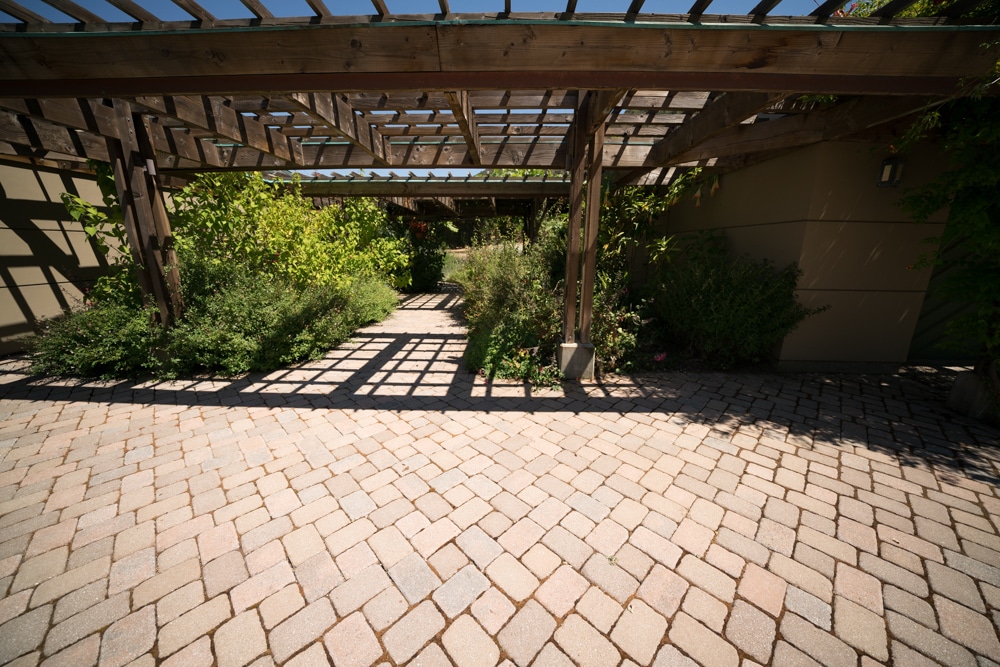
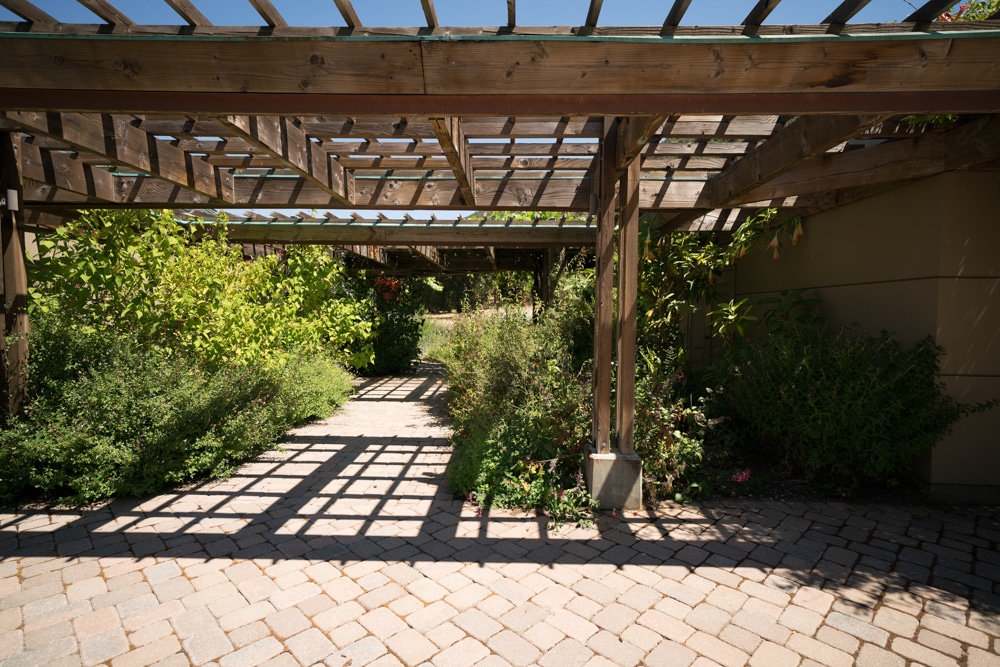
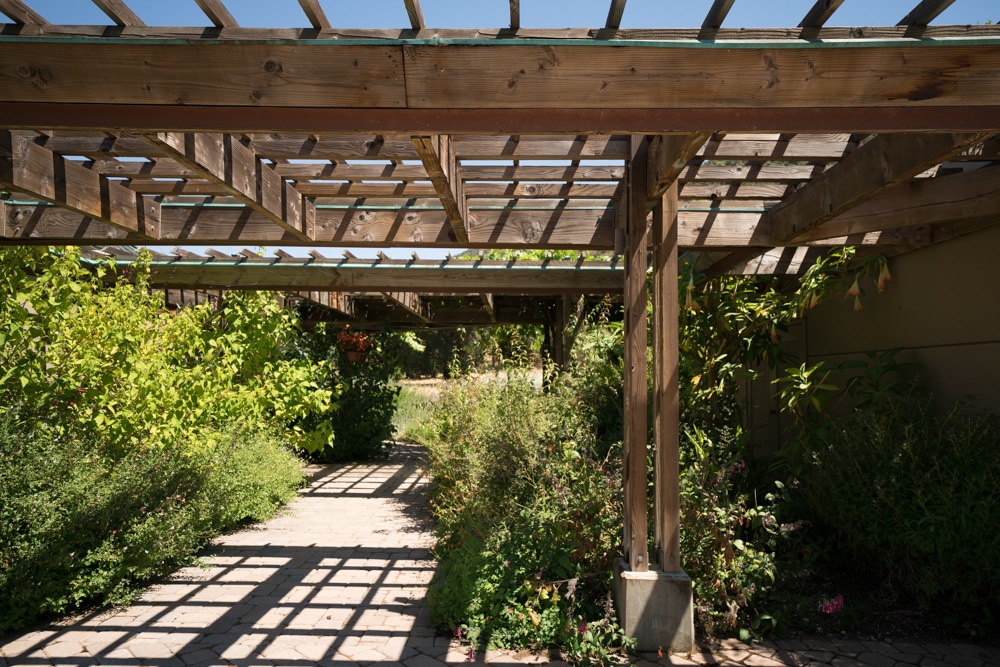
I’ll put in some construction lines so that we can see the distortion more easily:
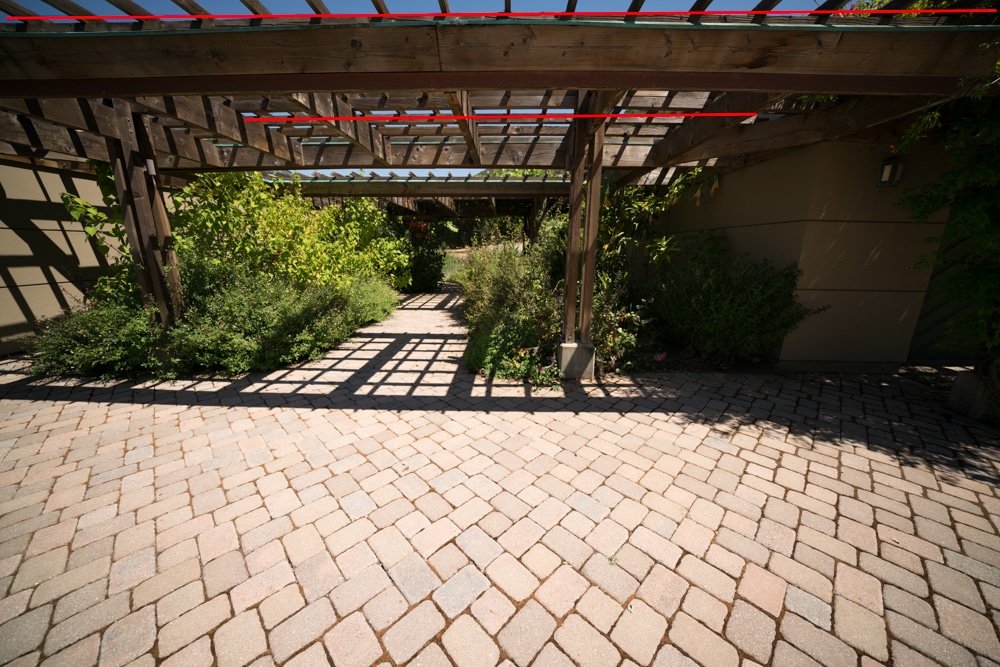
The distortion is barrel distortion. The center is higher than it should be. I call this moderate distortion.
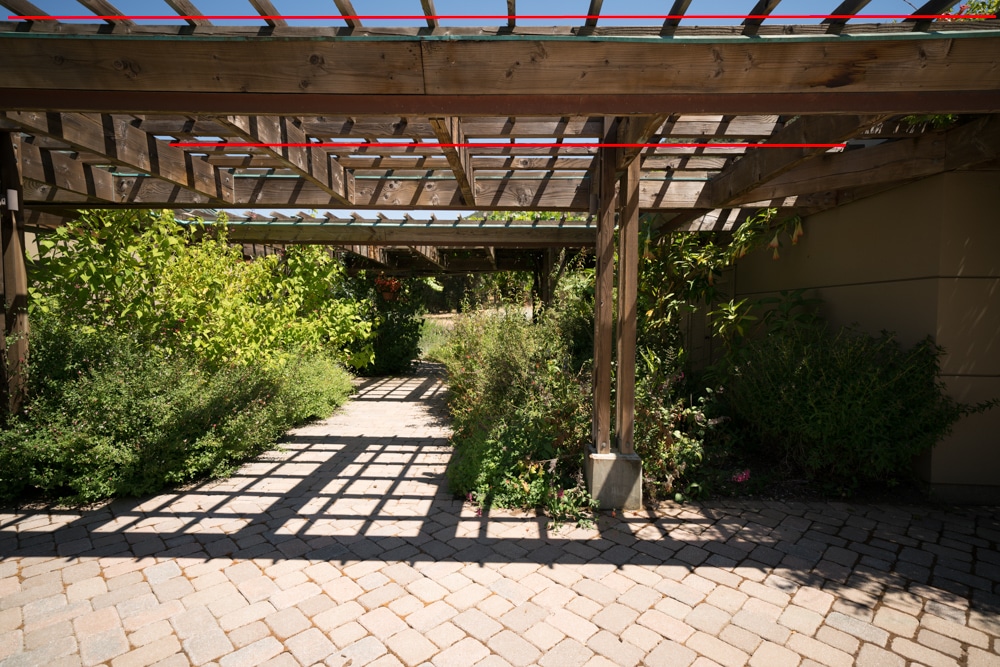
At 18 mm, we see pincushion distortion; the center is lower than it should be.
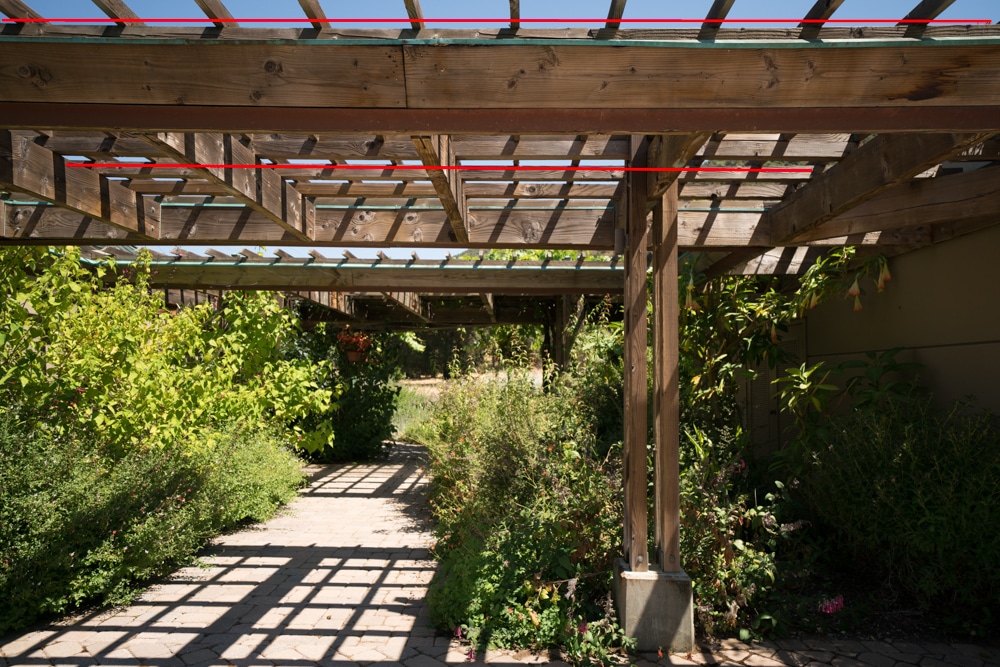
Still pincushion distortion.
I think this is a long way from fun-house mirror. This should be easily correctable with the right lens profile (which I’m sure Adobe is working on) with negligible loss in IQ.
I’m having a hell of a time correcting the (complex) distortion completely 🙁
The is not a lens for architecture. I’d suggest waiting for Adobe to develop a profile. I haven’t tried the in-camera correction. Have you?